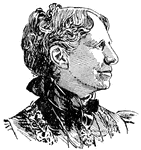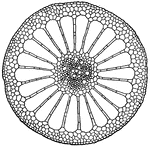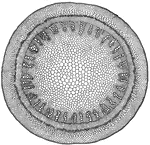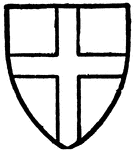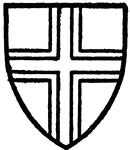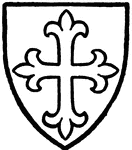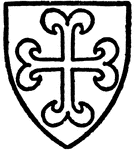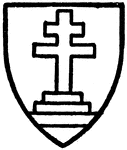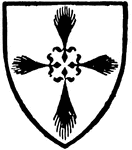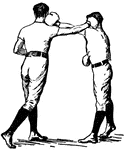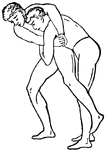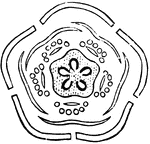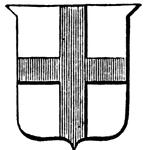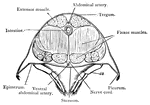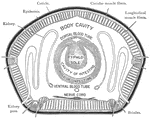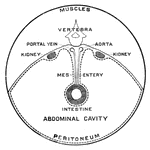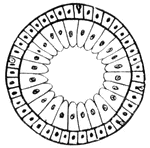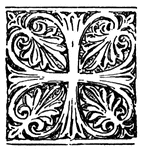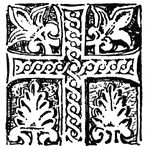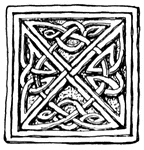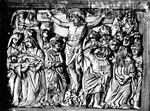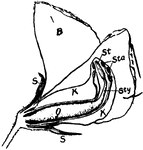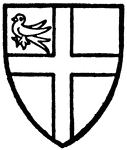
Andrew Harcla
Andrew Harcla, the march-warden, whom Edward II made an earl and executed as a traitor, bore the arms…
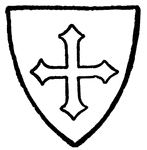
Cross urdee
A cross-urdee is one in which the extremities are drawn to a sharp paint instead of being cut straight.
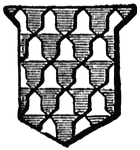
Vair
Vair is one of the furs in heraldry composed of several silver and blue pieces representing little shields.

Victoria Cross
A British naval and military decoration instituted by royal warrant and bestowed for "Conspicuous bravery…
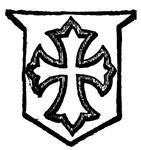
Voided Cross
Voided, in heraldry, a term applied to a charge or ordinary pierced through, or having the inner part…
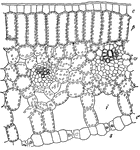
Lily Leaf
Cross section of leaf of lily, somewhat diagrammatic: e, upper epidermis,s, stomata in cross-section,…
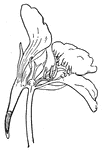
Cross-section flower
Flower of nasturtium cut through the middle to show the spur (s) and the nectar (n).
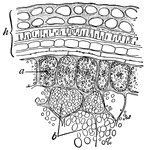
Wheat Grain
Outer portion of a cross-section of a wheat grain; h, various integuments of the ovary and seed, forming…
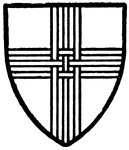
Skirlaw
Bishop of Durham, the son of basket weaver, bore Silver a cross of three upright wattles sable, crossed…
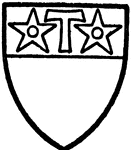
Drury
Drury bore Silver a cheif vert with a Saint Anthony's cross gold between two golden molets, pierced…
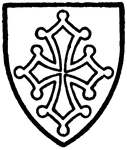
Melton
Melton bore Silver a Tolouse cross gules. By giving this cross a name form the counts of Toulouse, it's…
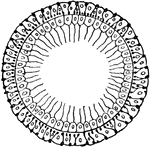
Hydra
Hydra are in the Jellyfish family, class Hydrozoa. Cross-section of the body showing the two layers…
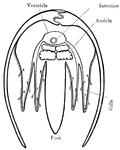
Clam
Cross section of the body of a clam, through the heart. Arrows indicate water current through the gills.
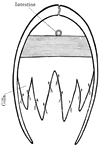
Clam
Cross section of the body of a clam, through the posterior adductor muscles. Arrows indicate water current…
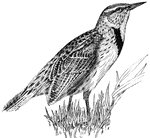
Meadowlark
The meadowlark does not travel in flocks. It eats grains and is characterized by a dark band cross its…
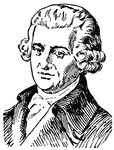
Joseph Haydn
(1732-1809) Haydn was a celebrated German composer. His most famous works are "Orpheus and Eurydice;"…

Battle of Cross Keys
"The Battle of Cross Keys- opening of the fight- the federal troops, under General Fremont, advancing…
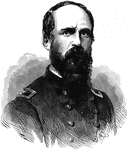
Colonel E. E. Cross
"Colonel Cross, born in Lancaster, N. H., April 22nd, 1832, died near Gettysburg, Pa., July 22nd, 1863.…

Battle of Pea Ridge
"Battle of Pea Ridge, Ark., fought March 6th, 7th and 8th, 1862, between the Federal forces, 13,000…
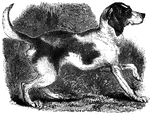
Fox Hound
"A cross between an old english hound and the greyhound. It is from twenty-two inches to two feet in…
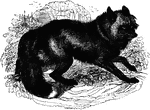
American Cross Fox
"The size is that of the common fox, the fur exceedingly long, soft, and rich; and, although presenting…

Battle of Cross Keys
"Battle of Cross Keys, Sunday June 8th, 1862- centre and front of the Federal army in the engagement.…
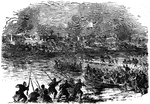
The Forlorn Hope
"'The Forlorn Hope.' Volunteers storming party, consisting of portions of the Seventh Michigan and Nineteenth…
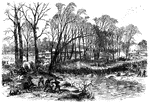
Battle of Stone River
"Battle of Stone River, Tenn. The decisive charge of General Negley's division across the river- the…

Attack on Confederate Works
"Siege of Vicksburg, attack on the Confederate Works, May 22nd, 1863. Our sketch represents the terrible…
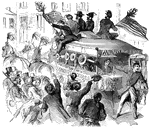
Bucktail Recruit
"Recruiting in Philadelphia, Pa., for the Bucktail Pennsylvania Regiment, August, 1862. This famous…

General Thomas J. Jackson
"General Stonewall Jackson, born in Clarkesburg, W. Va., January 21st, 1824, died at Chancellorsville,…

Sherman's Campaign
"Sherman's Campaign in Georgia- the attack of the Fourteenth, Sixteenth and Twentieth Army Corps on…
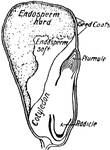
Kernel of Corn
Cross-section of a kernel of corn. Food is stored in the cotyledon and in the endosperm which surrounds…
